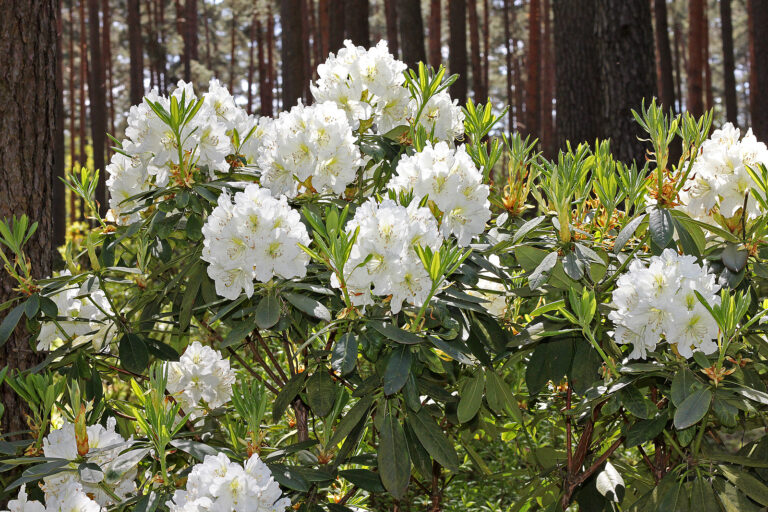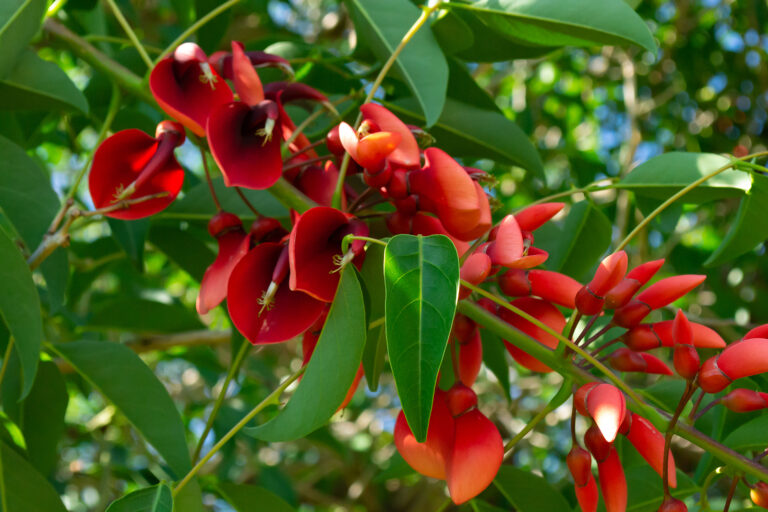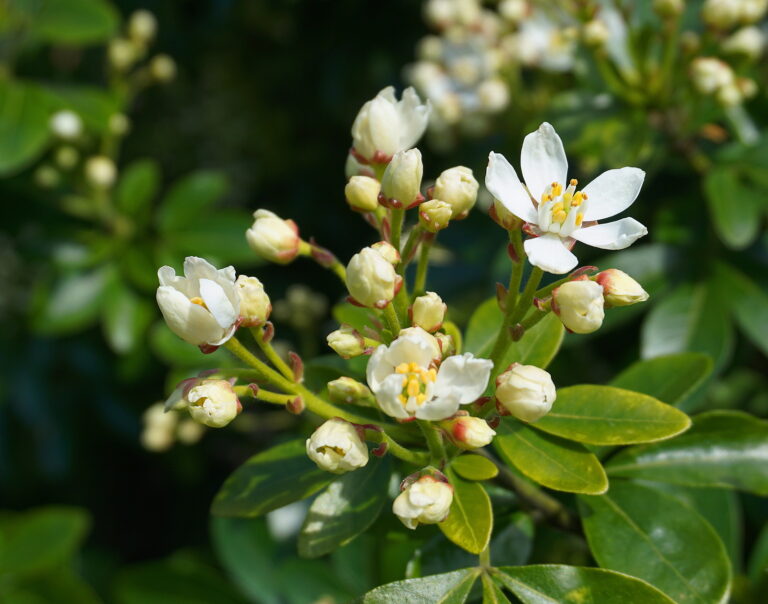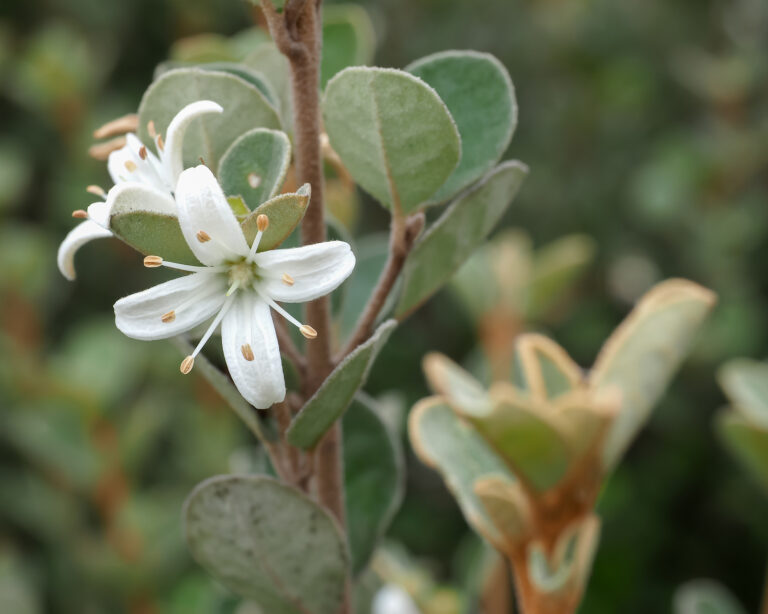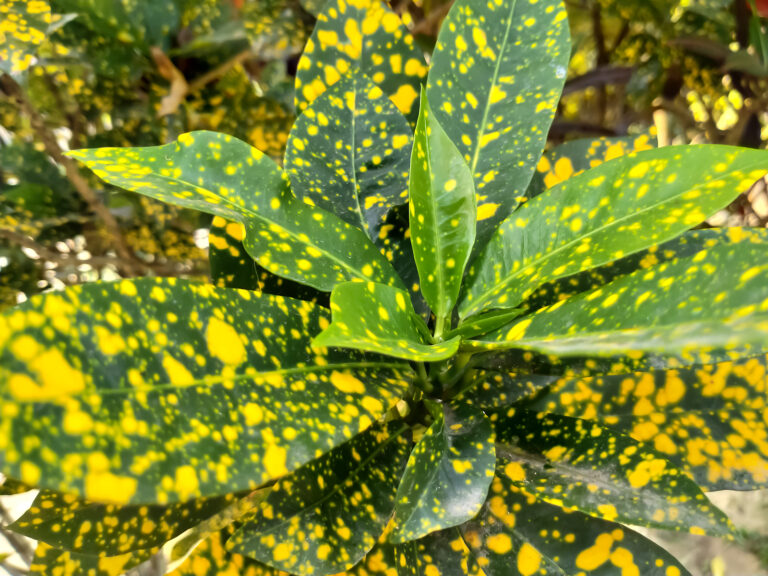How to Grow Spiraea
Spiraea are hardy deciduous shrubs that produce masses of small saucer- or cup-shaped flowers in spring. Flowers can be white, yellow, pink, or purple depending on the variety. Leaves turn yellowish-orange in fall.
Spiraea is a genus of about 80 species. There are two types of spiraea: (1) the bridal type with clusters of white flowers cascading down arched branches in spring or early summer, and (2) the shrubby type typically growing knee-high and bearing pink, red, or white flowers clusters at the ends of upright branches in summer and fall.
Some Spiraea cultivars are old garden favorites. Their dense growth makes them attractive hedging plants.
Get to Know Spiraea
- Plant type: Deciduous summer-blooming shrub
- Growing Zones and range: Zones 3 to 9
- Hardiness: Hardy
- Height and width: 2 to 7 feet (.6-2.1m) tall and wide
- Foliage: Alternate leaves are toothed or lobed
- Flowers: Profuse clusters of small white, yellow, pink, or red flowers
- Bloom time: Summer
- Uses: Informal low hedges, shrub borders, specimen shrubs
- Common name: Spiraea, bridalwreath
- Botanical name: Spiraea spp.
- Family: Rosaceae

Where to Plant Spiraea
- Plant spirea in full sun. Spiraea can tolerate light shade.
- Grow spiraea in average to humus-rich, moist, well-drained soil but tolerates a wide range of soils.
- Spiraea will not tolerate poorly drained soil. Avoid waterlogged soil.
When to Plant Spiraea
- Set spiraea in the garden in spring. In mild-winter regions, plant from autumn to spring.
Planting and Spacing Spiraea
- Space spiraea 6 to 8 feet apart.]
- For hedging, set plants at intervals a third of their ultimate height.
How to Water and Feed Spiraea
- Spiraea needs moderate to abundant water; keep the soil evenly moist.
- Fertilize spiraea for the first year or two with a slow-release fertilizer.
- Avoid overfeeding spiraea which promotes succulent growth that can attract aphids.
Spiraea Pruning and Care
- Prune spiraea after flowering.
- Prune spring-blooming bridal-wreath types after flowers have finished; cut the wood that has bloomed to the ground.
- Prune summer-blooming, shrubby types S. bumalada and S. japonica in winter or early spring; these generally need less severe pruning than bridal wreaths.
- Remove spent flower clusters to encourage second blooms.
Spiraea Common Problems
- Spiraea can be affected by dieback, fireblight, powdery mildew, and leaf spot.
- Weevils, scale insects, and aphids may attack spirea.
Spiraea Propagation
- Take greenwood (softwood) cuttings in summer.
- Divide suckering species in late autumn or early spring.
Spiraea Varieties to Grow
- Spiraea bumalda: Hybrids of S. japonica all are low shrubby with summer-to-fall blooming. Cultivars include ‘Anthony Waterer’ grows 3 to 4 feet tall, flat-topped pink flower clusters; ‘Coccinea’ similar to ‘Anthony Waterer’ with brighter flowers; ‘Dochica’ bright pink flowers; ‘Goldflame’ yellow to chartreuse leaves in summer; ‘Goldmound’ compact to 3 feet with yellow to chartreuse foliage; ‘Limemound’ similar to ‘Goldmound’ with lime green foliage.
- S. cantoniensis, double bridal wreath: Upright shrub to 6 feet tall with arching branches; white flowers from late spring to early summer; leaves turn red in fall.
- S. japonica, Japanese spirea: Grows 4 to 6 feet tall; produces small pink flowers in flat clusters; blooms summer to fall. Cultivars include: ‘Alpina’ low mound with pink flowers; ‘Atro-sanguinea’ has deep red flowers; ‘Ruberrima’ has deep pink flowers; ‘Shirobana’ has white, pink, and red flowers borne simultaneously.
- S. nipponica tosaensis ‘Snowmound’: Compact to 3 feet tall; a profusion of white flowers’ blooms late spring or early summer.
- S. prunifola ‘Plena’, called bridal wreath spirea: Arching branches to 6 feet tall with small double white flowers; blooms early to mid-spring; an old-fashioned favorite; it grows in Zones 5-9.
- S. thunbergii: billowy, graceful shrub 3 to 5 feet tall with arching branches; round clusters of single white flowers; blooms in early spring.
- S. tomentosa, hardhack, steeplebush: Suckering to form thickets to 5 feet tall; rose pink flower in clusters; use in wild gardens; blooms summer to fall.
- S. x vanhouttei, bridalwreath or Vanhoutte spirea: Hybrid covered with flattened clusters of single white flowers; grows to 7 feet tall with arching branches; classic bridal wreath spiraea; blooms mid- to late spring.



